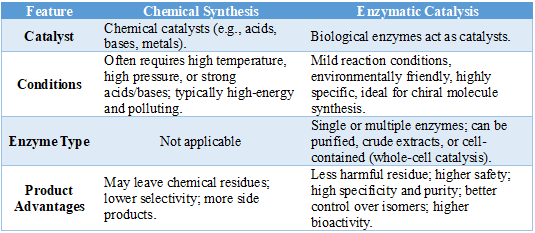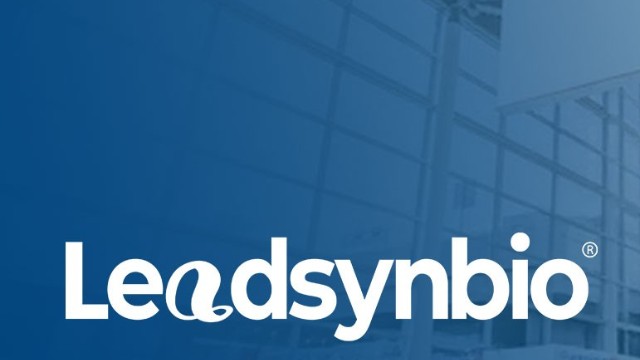Q1 Differences Between Enzymatic Catalysis and Fermentation
Although both enzymatic catalysis and fermentation fundamentally rely on enzyme-catalyzed reactions, the external implementation methods differ. Key differences include:
Practical Application:
These methods can be flexibly combined with chemical synthesis. For example:

Q2 Relationship Between Enzymatic Catalysis and Chemical Synthesis
Both chemical synthesis and enzymatic catalysis achieve transformations through chemical reactions, involving the rearrangement of atoms to form new molecules. Their main differences are:

Disclaimer: This article is intended for educational purposes and does not constitute medical or commercial advice. Information is derived from publicly available sources. Any reproduction, publication, or citation requires prior written consent from Leadsynbio.

On November 12, at the 93rd API China in Chongqing, we showcased a range of our bio-manufactured ingredients. This builds on our October showcase at CPHI Frankfurt 2025, underscoring our focused strategy for...
[ Details ]Nov 14,2025